M Moser’s Frances Gain introduces the Permanent Beta design approach and explains why the workplace of the future will never be finished.
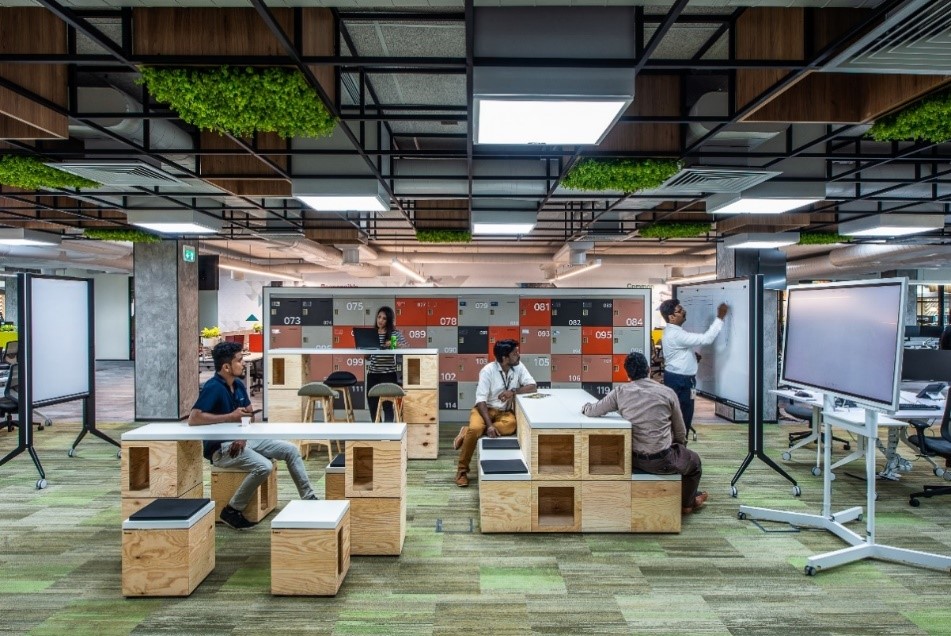
I’ve just downloaded my new bank. It doesn’t have a branch, only an app and instant messenger – and hopefully, heavily encrypted security. Now…where do I deposit my cash?
The banking world changed forever in a few short years. The reality of our increasingly complex and volatile world means disruption is constant and progress outpaces the systems we once thought enduring. It may sound intimidating, but volatility brings opportunity; for new ideas to emerge and for well-established ideas to be transformed into the next big innovation.
We are often asked how static real-estate can better accommodate the evolving demands being placed on businesses. The driver might be a series of mergers, new generations entering the workforce, or bankers trying to hire coders whose needs they don’t yet fully understand. Either way, flexibility is key.
What does that mean for workplace design?
As we plunge into the 2020s, it’s time to reject our notions of perfection. We must challenge the idea that workplaces are ever truly “complete” and that handing over a beautifully-packaged product is always the right approach.
Take the legacy of legal workplaces as an example, with cellular offices and cubicles – ready for 5-15 years of service. The lawyers came and went, but the practice of law stayed the same. As a result, demands on these spaces barely changed over 50 years. Businesses asked employees to adapt to their environment.
Today we are developing more sustainable design solutions that support higher levels of uncertainty. You can’t always anticipate future needs – but you can anticipate change and proactively respond – by making adaptability a functional goal of design.
The truth is that real estate isn’t static. Your workplace doesn’t have to be locked down if your design responds to what people need each day. This approach is called the “permanent-beta”.
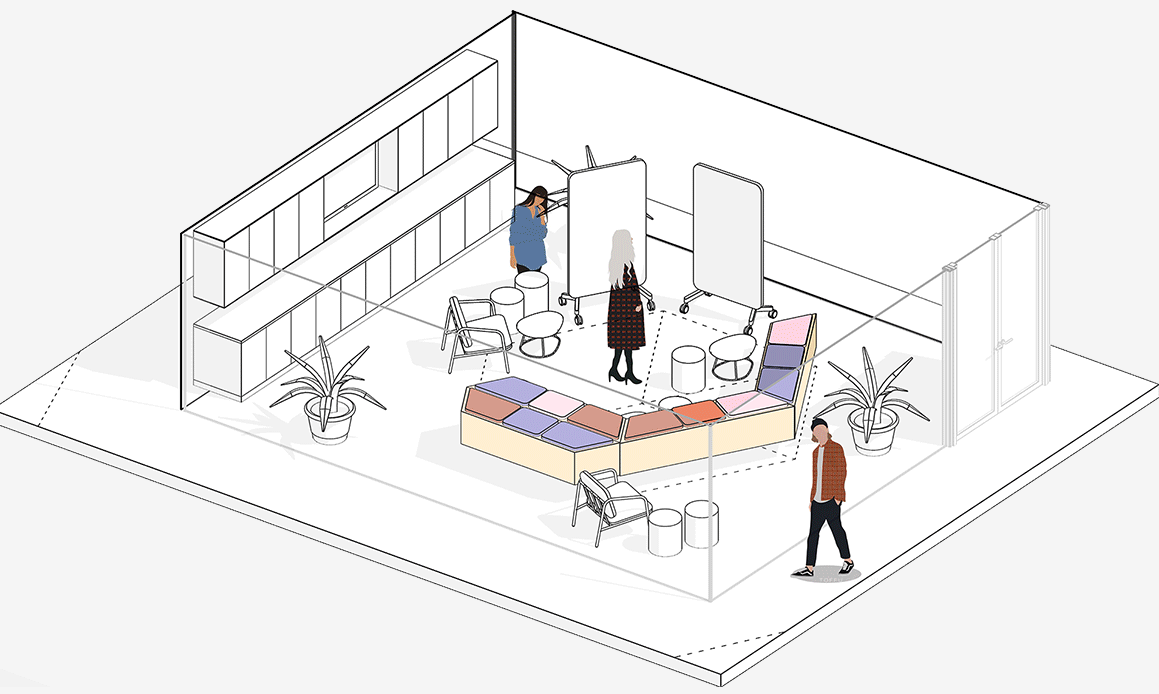
Why should leaders consider “permanent-beta” spaces?
A “permanent-beta” is a human-centric design approach – scaled to your business requirement. A service building, workplace, or even a dedicated area within the office that encourages user customization. It should be high function, instant adaptation and easy maintenance. A place for individuals and teams to hack their environment around rapidly fluctuating requirements. The result is both fixed and flexible.
Across industries, generations, teams and individuals, people need different spaces and tools for optimal productivity. As roles continue to become more specialized and the pool of workstyles a business requires expands, handing over more trust and control to the user can be an effective strategy.
The benefits are significant. The approach reduces risk of undefined requirements, improving resiliency to expansion and reducing the cost of change – while reinforcing collaborative behaviors and supporting diverse user-driven workstyles.
The design approach
Place is nothing, without people and function. A community spirit and strong collaborative culture will help to unlock the full potential. Employees must feel safe to adapt their space as they see fit.
For a “permanent-beta” to succeed, it must cater to three essential components of the workplace architecture; physical space, company culture and digital technologies.
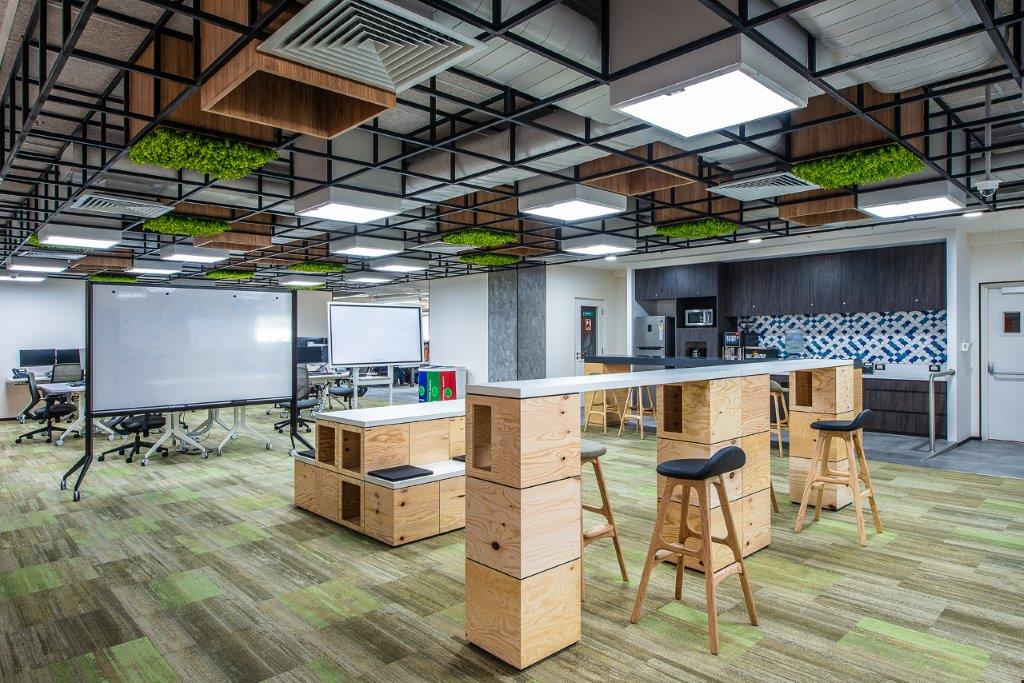
Providing manageable levels of flexibility is an important consideration for usability. A functional interior with lightweight infrastructure provides a flexible framework. The design should also consider modularity, operable partitions, moveable furniture, efficient storage and user mobility.
Smaller test spaces typically work best when coupled with stripped-back design, using hardy, raw materials that express their ever-changing nature and ensure they will survive frequent reconfiguration.
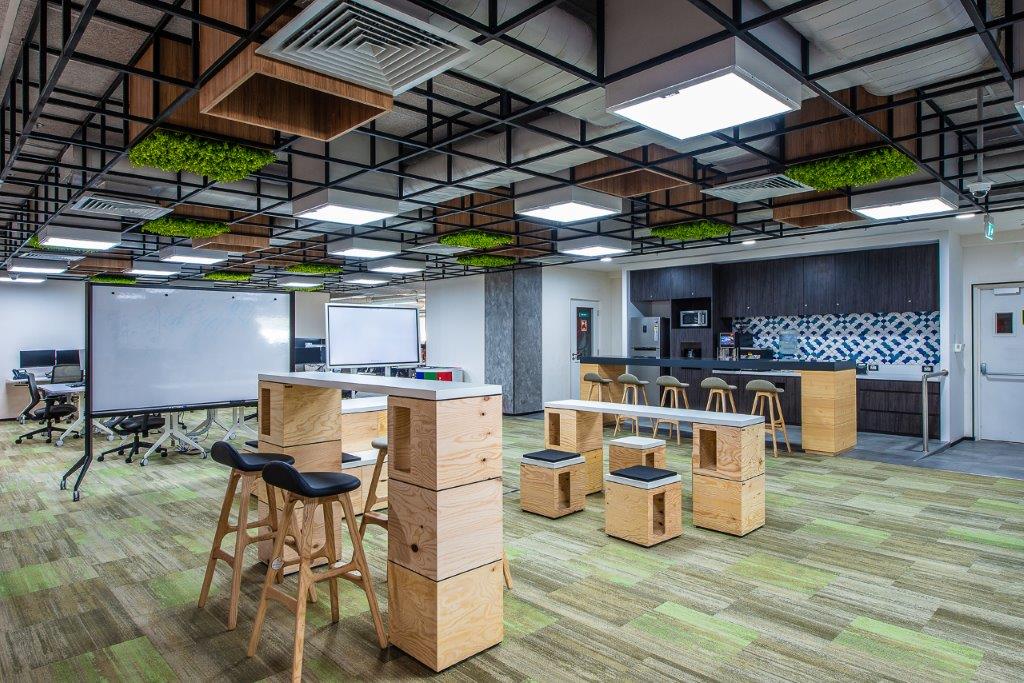
A largely wireless approach with ample access to power is required. This may also include mobile battery packs to further enhance mobility, as our colleagues in our New York office use in their space. Employees will require mobile equipment, switching desk phones for mobile devices and swapping desktop computers for laptops. Bespoke digital aspects may include apps, interactive community screens and online booking systems.
Specialized technology and sensors can be used to track usage and occupancy, gathering quantitative and qualitative data to validate larger projects in future.
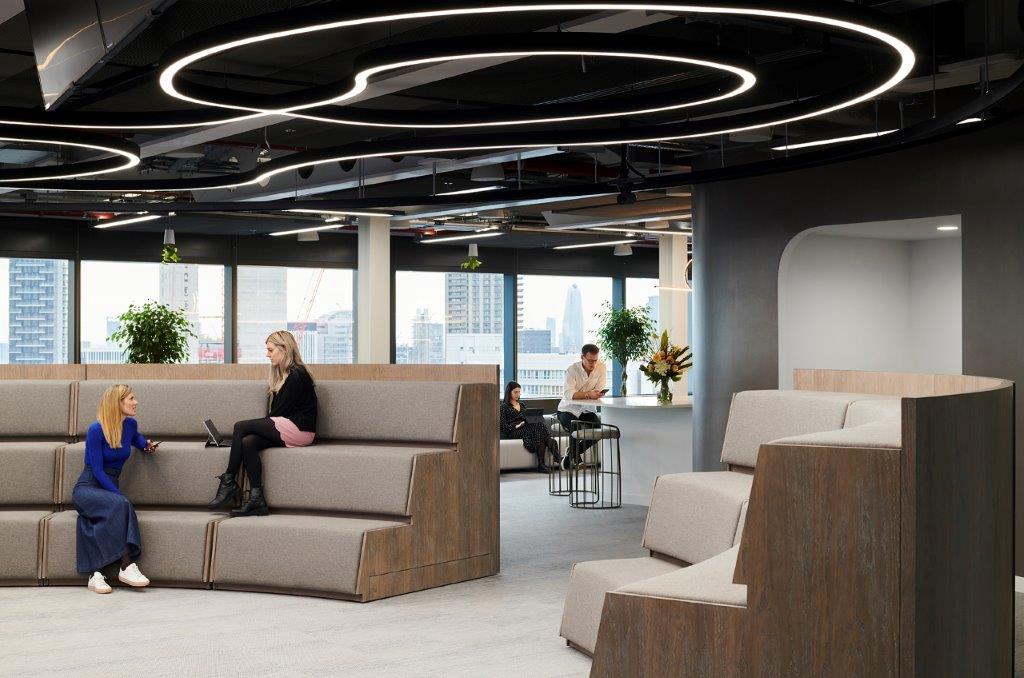
How can large businesses use this strategy to behave like disruptors?
The entrepreneurial energy found in start-up culture is a desirable goal among larger businesses who know they have the requisite talent and expertise, but struggle to mobilize it with the same agility. The freedom to follow new ideas and innovate is unlocked when you take away the limiting structures and focus on the tools required to exhibit experimental behaviors.

We’ve developed solutions across all scales for clients using this approach. From large innovation centers to small spaces and hackable meeting pods. Most businesses don’t require full scale to achieve their goals – rather a designated area – and attitude. Whatever the size, the fixed space is permanently set in testing mode.
Beta-solutions in your workplace: macro or micro?
At smaller scales, leaders can create spaces that encourage collaboration and lead to more joined-up innovations. A more expansive “Permanent Beta” solution will accommodate broad organisational changes like fluctuating headcounts, shifting departmental needs brought by new specializations or demographics.
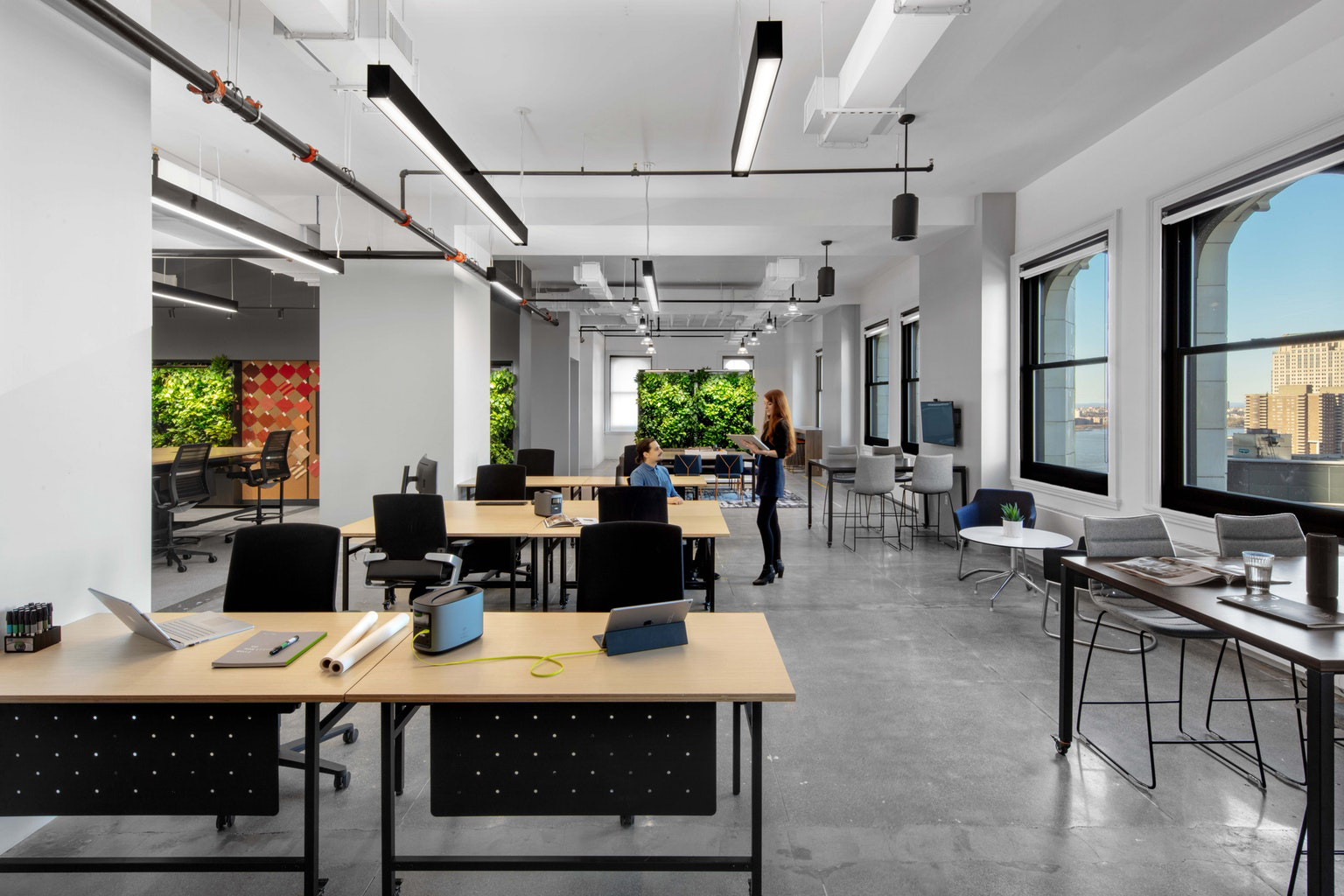
Imagine using a beta-version of a new iPhone app; the product (your workplace) is ready for use, but the developers want to know how you’re using it, and how it can be better tomorrow. Users can choose, test, adjust and enhance their workplace as needed. The change is staggered and the business can avoid dramatic or expensive adjustment. The organisation’s transformation is made better, faster and cheaper.
The workplace of the future will never be finished. If we over-think, over-design, and then create a static solution, we’ll probably end up watching that usefulness decline. Only to tackle the same challenges in another expensive renovation, or disruptive replacement.


Frances – The idea of ‘perpetual beta’ is a pivotal concept in ‘The Elemental Workplace’, published by LID in 2018. As a matter of courtesy, it therefore warrants a citation in this article. While not my idea – it was coined by IT guru Tim O’Reilly – I have fully credited Tim in the book. Please therefore edit your article and ensure that my work is properly cited, and that Tim is credited. Please don’t claim that the idea is your own or publish further articles on this subject without the appropriate acknowledgment. Many thanks indeed and much appreciated.